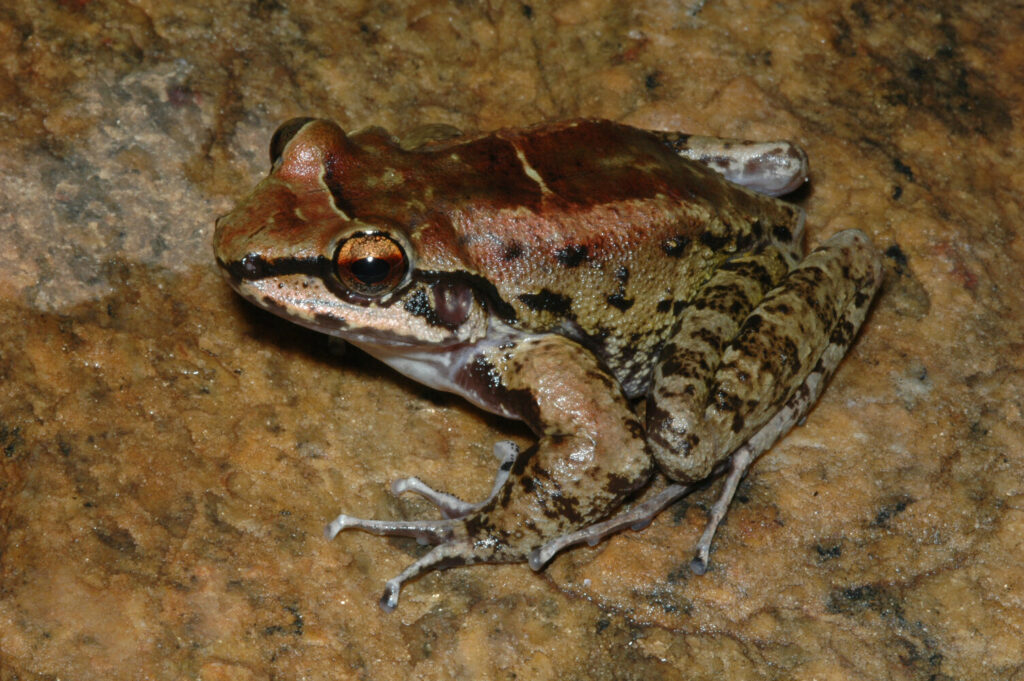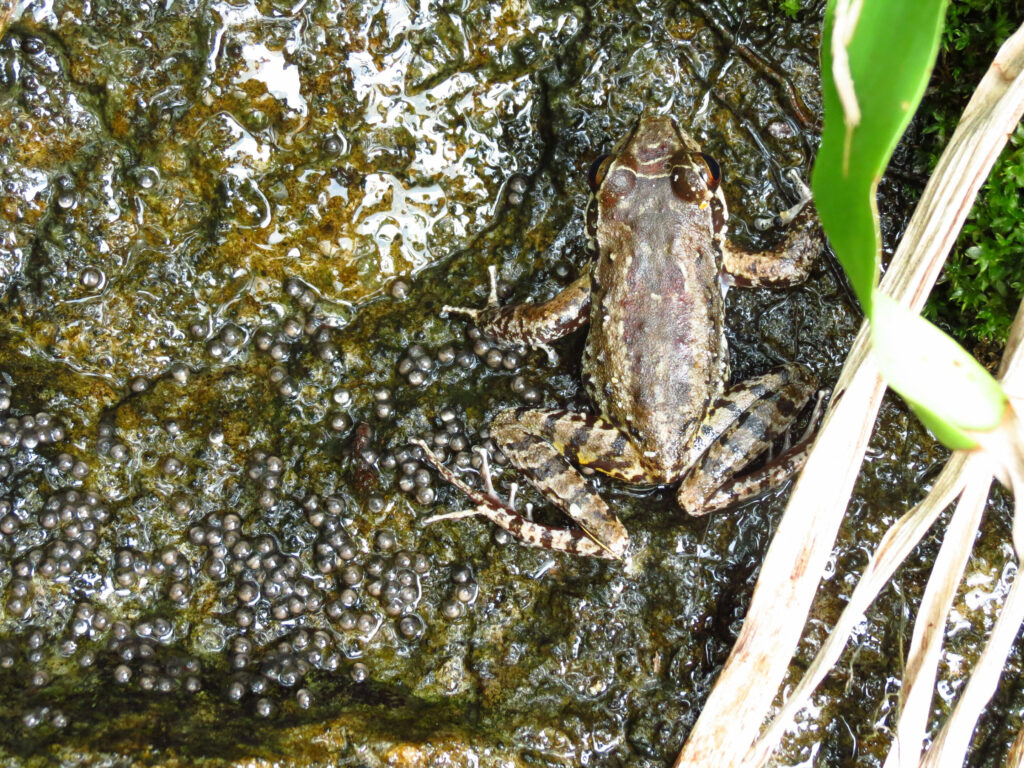Male frogs in the Brazilian rainforest establish two-frog harems, and they stay loyal to their mates.

Mating in the animal world can take different (and sometimes, weird) forms. There’s almost a continuum between polygamy (the practice of having multiple mates) and monogamy (having one mate). Polygamy is generally associated with an earlier stage of evolution, while monogamy, which emerges when the young of a species require intense parental investment, is typically considered to come later in evolution.
In between then, however, there’s something called polygyny.
Animal harems
Polygyny emerges when resources are scarce and patchy. The males compete against each other for territorial possession of the resource and by extension, the winner(s) get to pick a harem of females to mate with. Polygyny is sometimes found in birds and insects but is most common in mammals. Fabio de Sa, a zoologist at Universidade Estadual de Campinas, has found evidence of polygyny in frogs in the Brazilian rainforest.
Thoropa taophora, sometimes called river frogs, are territorial creatures. They’re also quite picky: they need a suitable wet rock face to mate, and in their environment, suitable wet rocks are a scarce resource, which means that good breeding spots we intensely sought after.
It’s not a pretty situation. When males get a hold of a suitable patch, they patrol it aggressively, emitting calls to ward off intruders and pouncing on any trespassers to throw them out. But that’s not what the biologists were interested in; instead, they were looking at how these frogs mate.
Thoropa taophora males keep a harem of exactly two females, one of which is dominant. The male is more likely to mate with the dominant one, though he will sometimes also mate with the secondary one. Sometimes, the females would trigger mating by cannibalizing some of the male’s eggs.

It’s an unusual setup, and the first time an amphibian was found to live in a harem, but it has advantages for both sexes, researchers note.
“The advantage for the female is it’s better to have a good quality male and a good quality breeding site sharing it with another female—rather than being exposed and not finding another frog or finding a lower quality frog,” added De Sa.
Notably, the male doesn’t chase other mates — he stays loyal to his two females throughout the mating season, guarding his territory. This system also elicits female-female competition, which is rare among frogs.
Journal Reference: F.P. de Sá el al., “Unexpected reproductive fidelity in a polygynous frog,” Science Advances (2020).


